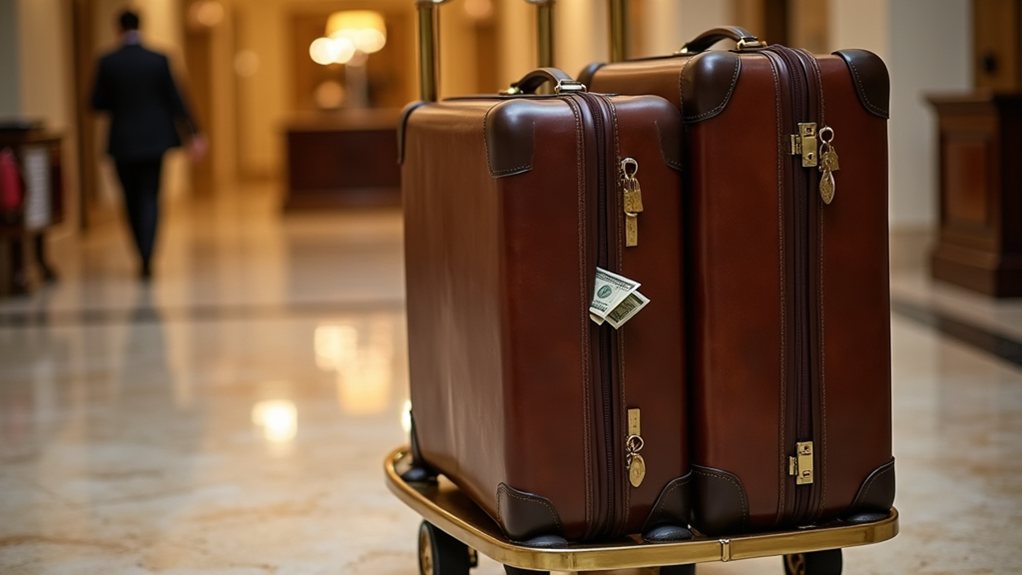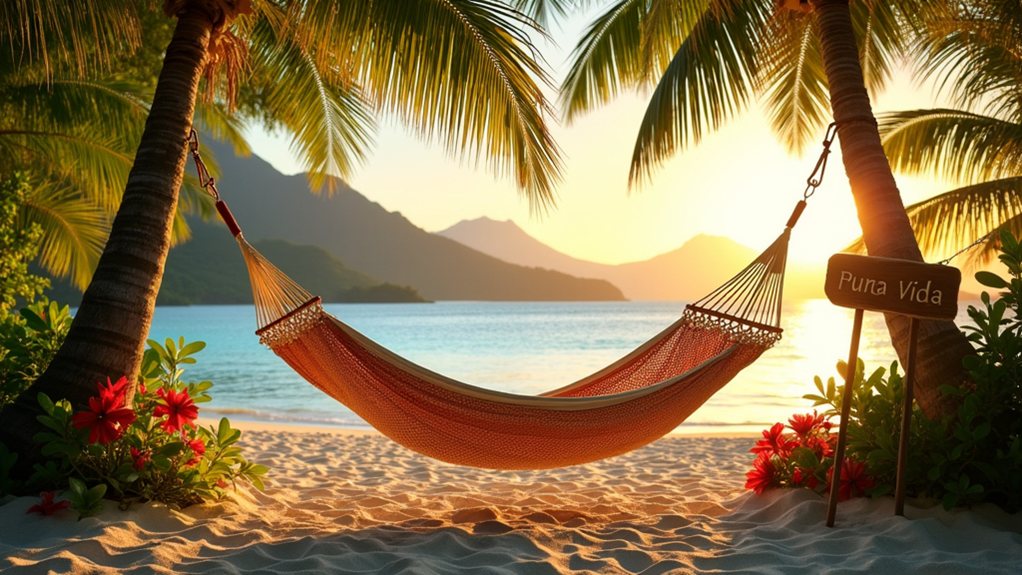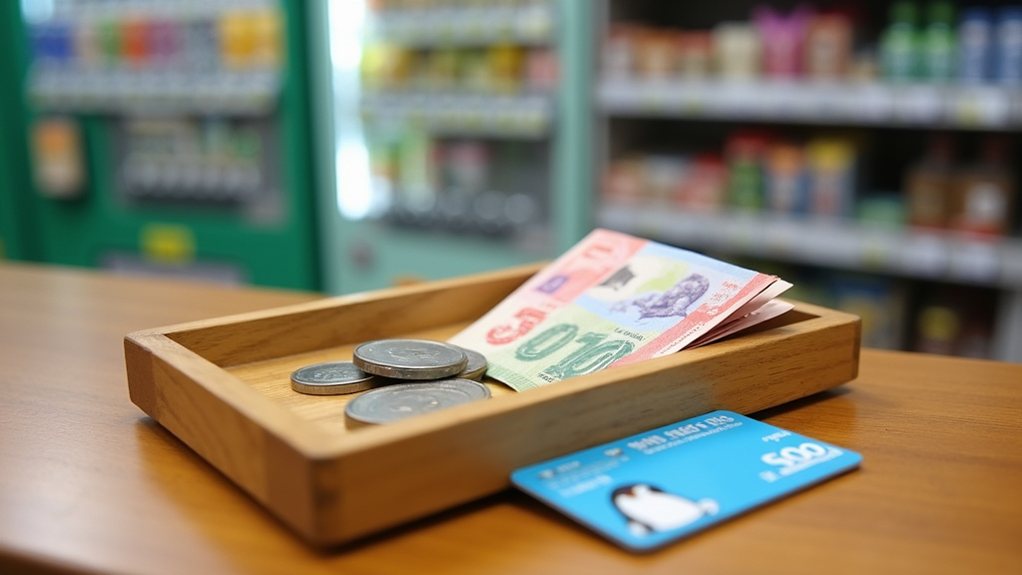Travelers stepping into hotels often encounter that awkward moment when a bellhop whisks away their luggage—leaving them wondering exactly how much to tip. The unspoken code varies wildly across hotels, cities, and seasons, transforming a simple transaction into a social minefield. In Las Vegas, that smiling attendant might expect $10 per bag, while at a roadside motel, a few dollars might suffice. Behind these mysterious customs lies a complex economic reality that shapes service quality and staff livelihoods.
The Hidden Economics of Hotel Service Gratuities

Confusion, the unwelcome travel companion, often strikes when hotel guests face the time-honored tradition of tipping their bellhop. The seemingly simple transaction becomes a mental calculation of service quality, bag weight, and local expectations that can leave even seasoned travelers unsure of themselves.
The American Hotel & Lodging Association sets baseline expectations of $1 to $5 per bag, but this figure shifts dramatically based on where you’re staying. In Las Vegas, that same duffel might command up to $10, while Hawaiian hotels typically suggest a more modest $2 per piece. Upscale establishments, with their white-glove service and attention to detail, generally expect $4 to $7 per bag—a premium that reflects the heightened service expectations.
Tipping rates vary by location—from $10 per bag in Vegas to just $2 in Hawaii, with luxury hotels commanding premium gratuities.
What many travelers don’t realize is that these gratuities form the backbone of a bellhop’s income. With a median annual wage of approximately $31,000 nationwide, these service professionals rely heavily on the folded bills pressed into their palms. Tipping isn’t just a nicety; it’s their livelihood.
The unwritten rules extend beyond the dollar amount. Cash remains king in this exchange, preferably handed directly to your bellhop after service completion. Many etiquette experts recommend a discreet handshake method when transferring tips while expressing gratitude. Those who provide extras—perhaps a quick tour of your room’s features or special assistance with awkward items—deserve recognition through additional gratuity. While a standard tip ranges from $1-2 per bag, consider adding extra $5-10 for these special services or requests. Successful tipping interactions represent one of many writing purposes in the hospitality world, as they effectively communicate appreciation without explicit verbal explanation.
Hotel tipping culture extends beyond luggage handlers, creating a web of expected gratuities. Housekeeping staff should receive daily tips (ensuring the right person gets rewarded), valets expect $1-10 depending on service quality, and concierges helping with difficult reservations might merit $10-50. For women traveling solo, understanding these tipping customs provides an additional layer of travel confidence that contributes to a more empowered and seamless hotel experience.
Cultural norms greatly influence these practices, with tourist destinations and luxury properties generally commanding higher gratuities. While tipping remains technically optional, it speaks volumes about appreciation for service rendered. The savvy traveler understands these silent agreements, recognizing that beyond the official guidelines lies a complex system of reciprocity that keeps the hospitality world spinning smoothly.







